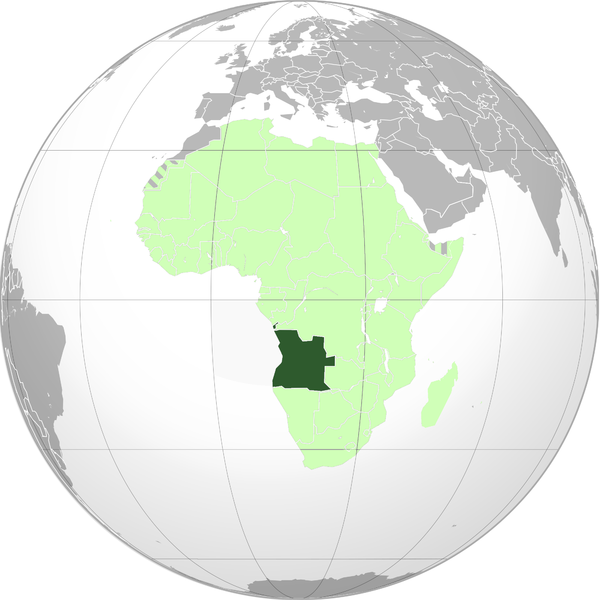The World Health Organization Regional Office for Africa released the following news release on Friday (computer translated) concerning Angola officially declaring the end of yellow fever epidemic:

Angolan Health Minister Luís Gomes Sambo declared Friday in Luanda the end of the yellow fever epidemic in the country, six months after the confirmation of the last case of this disease and an active epidemiological surveillance at the national level. Angola had notified the last confirmed case of yellow fever on June 23, 2016, in the Provinces of Cunene and Cuanza Norte.
According to the final report presented this Friday, from December 2015 to June 2016, Angola reported a total of 884 confirmed cases and 381 deaths from yellow fever in 16 of its 18 provinces. Luanda, Benguela, Huambo and Huíla were the provinces most affected, and the lethality rate across the country was 8.6%. Health authorities and partners say they have immunized 18 million people in mass vaccination campaigns against yellow fever in 85 high-risk municipalities, representing 70% of the target population estimated at 25.7 million people.
According to the Minister of Health, this effort was attended by United Nations agencies in particular WHO, UNICEF and UNDP; (CDC Atlanta), Médecins Sans Frontières, the International Red Cross, the Angolan Red Cross and the Governments of China, the United States of America, Russia, Cuba, the United States of America, Namibia and other partners and countries.
Luís Sambo said that Angola will “remain vigilant and work until it covers 100% of the target population with anti-yellow fever vaccine; Improve coverage of routine vaccination; And to improve the environment in terms of the vector density of mosquitoes that transmit disease.
Angola also announced a set of post-epidemic measures, including strengthening epidemiological surveillance, mainly in municipalities without case reporting; The mobilization of vaccines in sufficient quantities for the total coverage of the country; The continuation of integrated vector control, social mobilization, vaccination and surveillance activities and ensuring proper collection and timely submission of samples to the national reference laboratory.
The Urban Yellow Fever Epidemic was initially detected in the Province of Luanda and spread to 16 of the country’s 18 provinces. According to official data, 34 of the 166 municipalities registered 884 confirmed cases of yellow fever while 4,436 suspected cases of the same disease were reported in 139 municipalities in total.
To date, 7.7 million people are still not immunized against yellow fever in Angola, many of whom live in areas infested by Aedes aegypti, the mosquito vector of this disease.
Speaking on behalf of the WHO Representative in Angola, Dr. Javier Aramburu, Program Officer (DPC) recalled that despite previous yellow fever outbreaks in the African Region since 2011 (in countries such as DRC, Sudan, Cameroon, Chad , Senegal, Côte D’Ivoire, Uganda and Sierra Leone), the Angolan epidemic has been the largest in the last 30 years.
Dr. Javier Aramburu congratulated the Ministry of Health on the successes achieved, and said that WHO will continue to support the countries of the region, including Angola, for the prevention and management of future outbreaks or epidemics of this disease through a rapid response and Actions such as preventive vaccination campaigns, community engagement and increased global availability of vaccines.


One thought on “Angola: Yellow fever epidemic declared over”